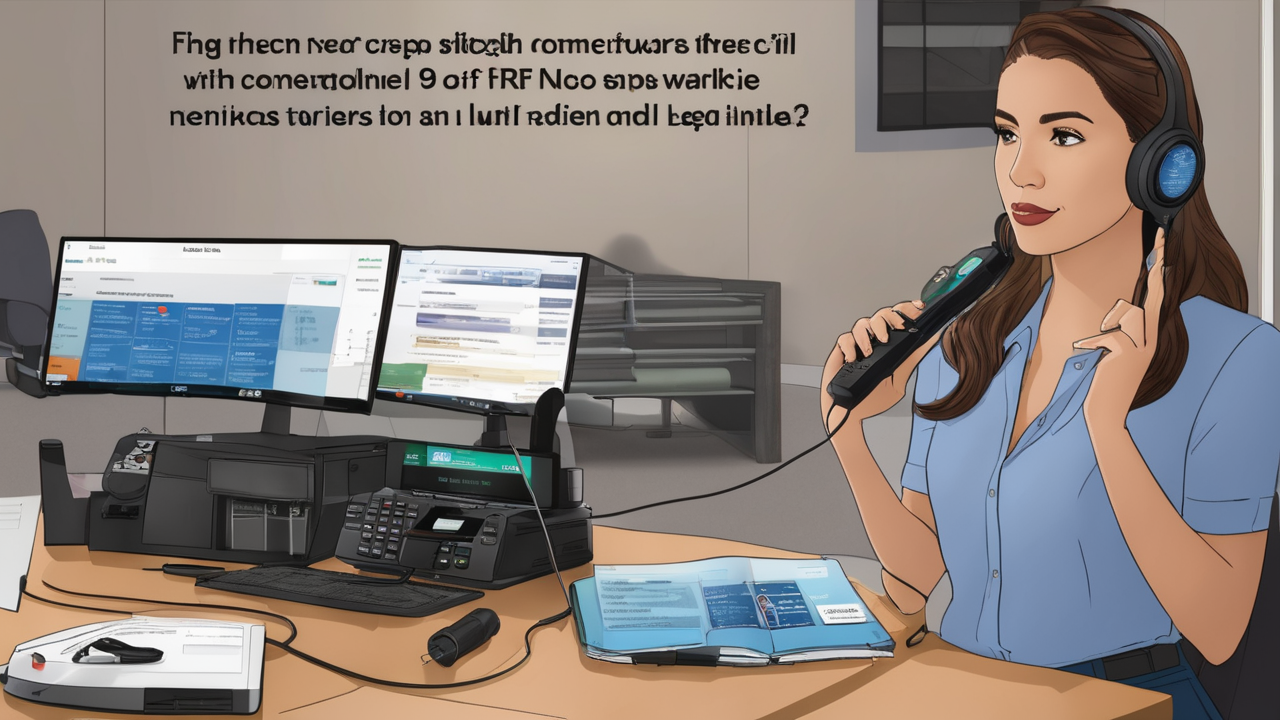Understanding FCC Regulations for Long Range Walkie-Talkies
Exploring FCC Part 90 and 97
The Federal Communications Commission (FCC) regulates radio use in the USA. Part 90 and 97 are key for walkie-talkies. Part 90 covers business and public safety radios. Part 97 is for amateur radio operators.

For long range walkie-talkies, Part 90 is most relevant. It sets rules for frequency use and power output. Users must follow these rules to avoid fines. Part 90 allows higher power levels for longer range.
Part 97 is for ham radio enthusiasts. It requires a license but offers more freedom. Ham operators can use higher power and more frequencies. This can greatly increase range.
Decoding Technical Specifications and Power Requirements
FCC rules set limits on walkie-talkie power and frequencies. Power is measured in watts. Most consumer devices are limited to 0.5 watts. Business radios can use up to 5 watts.
Frequency affects range and wall penetration. Lower frequencies travel farther. Higher frequencies are better in buildings. The FCC assigns specific bands for different uses.
- FRS (Family Radio Service): 0.5 watts, no license needed
- GMRS (General Mobile Radio Service): Up to 5 watts, license required
- MURS (Multi-Use Radio Service): Up to 2 watts, no license needed
The Importance of FCC Compliance for Consumers
Following FCC rules is crucial for consumers. Using non-compliant devices can lead to fines. It can also cause interference with emergency services. This puts lives at risk.
Compliant devices are safer and more reliable. They work well with other radios. They also help maintain clear airwaves for everyone.
Consumers should only buy FCC-approved walkie-talkies. Look for the FCC ID number on the device. This ensures it meets all regulations.
Selecting Walkie-Talkies: Features, Range, and Durability
Assessing Range and Frequency
Range is a key factor in choosing long range walkie-talkies. Manufacturers often overstate range. Real-world range is usually much less. Factors like terrain and obstacles affect range.

Frequency choice impacts range and clarity. VHF (Very High Frequency) works better outdoors. UHF (Ultra High Frequency) is better for indoor use. Some radios offer both.
Consider these points when assessing range:
- Advertised range is for ideal conditions
- Urban areas have more interference
- Higher power generally means longer range
- Antenna quality affects range significantly
Material and Build: What Makes a Walkie-Talkie Durable?
Durability is crucial for long range walkie-talkies. They often face tough conditions. Look for these features:
- Waterproof or water-resistant design
- Shock-resistant casing
- Dust-proof construction
- Reinforced antenna connection
Materials like rubberized exteriors add grip and protection. Metal chassis offer better durability than plastic. Look for IP ratings to gauge water and dust resistance.
Battery life is part of durability. Long-lasting batteries are essential for extended use. Rechargeable batteries are convenient but may not last as long as disposables.
Additional Features: What Makes a Walkie-Talkie More than Just a Radio?
Modern walkie-talkies offer features beyond basic communication. These can enhance usability and safety:
- GPS tracking for location sharing
- Weather alerts for outdoor safety
- Hands-free operation for convenience
- Encryption for privacy
- Bluetooth connectivity for headsets
- Emergency SOS buttons for quick alerts
Consider which features are most useful for your needs. Some add cost but can be worth it for safety or convenience. Balance features with battery life and simplicity of use.
The Future of Long Range Walkie-Talkies in the United States
The Impact of Technological Advancements on FCC Regulations
Technology is changing fast in radio communication. This affects FCC regulations. Digital modes are becoming more common. They offer clearer audio and more features.

The FCC may need to update rules for new tech. This could open up more frequencies or change power limits. Software-defined radios might need new regulations.
5G and IoT devices may impact available spectrum. This could lead to changes in walkie-talkie frequencies. The FCC will need to balance various needs.
How Consumer Demand Shapes FCC Policies
Consumer trends influence FCC decisions. Growing demand for long range communication may lead to new rules. The FCC aims to serve public interest while managing spectrum.
Users want longer range and more features. This pushes for higher power limits or new frequency allocations. Privacy concerns may lead to more encryption options.
The rise of outdoor activities increases walkie-talkie use. This could prompt the FCC to expand license-free options. Balancing ease of use with responsible spectrum management is key.
Anticipating Changes in FCC Regulations for Long Range Devices
Future FCC changes may affect long range walkie-talkies. Possible changes include:
- New frequency bands for longer range
- Increased power limits for existing bands
- More digital modes allowed
- Stricter rules on interference prevention
- Expanded license-free options
The FCC may also focus more on spectrum sharing. This could allow more users in the same bands. Cognitive radio technology might play a role in this.
Prepare for potential changes by choosing flexible devices. Look for radios that can be updated via software. Stay informed about FCC announcements to adapt to new rules.


